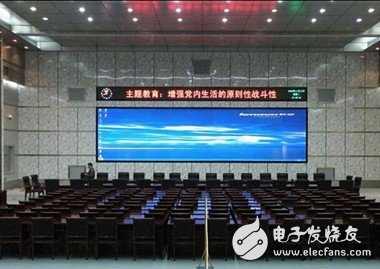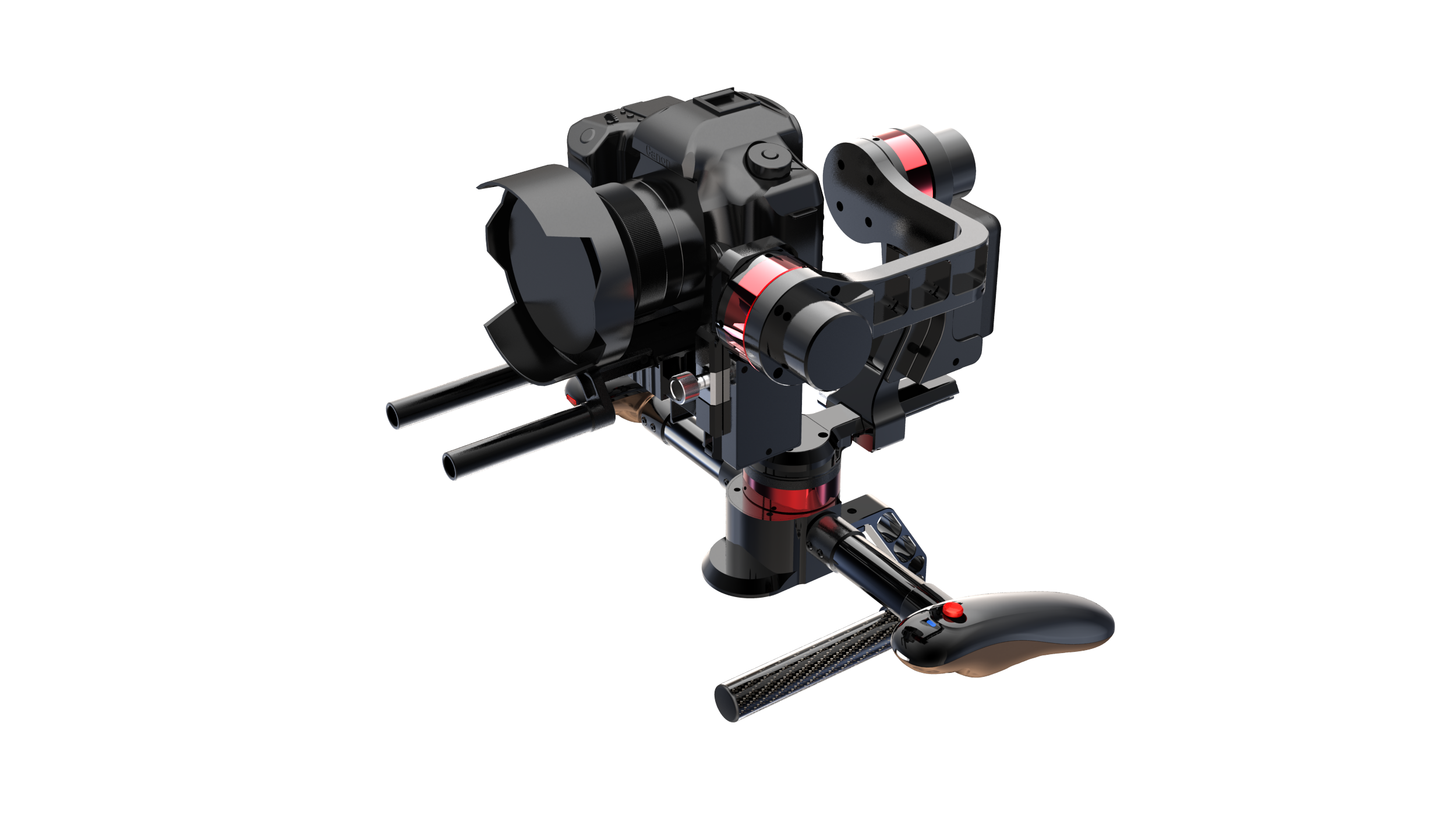The gray scale referred to in the LED display industry can also be referred to as LED brightness. Gray level is also called midtone. It is mainly used to transmit images, pictures, and videos. There are 16 levels, 32 levels, and 64 levels. It uses matrix processing to process the pixels of the file into 16, 32, and 64 levels. To make the transmitted picture clearer. Whether it is a full-color screen or a two-color screen, it is necessary to adjust the illuminance of each LED constituting a pixel to display an image or an animation, and the degree of fineness of the adjustment is what we usually call gradation.

LED display brightness calculation and gray scale control method introduction
First, the brightness calculation method of the display
Take the full color screen as an example. Usually, the red, green, blue and white balance ratio is 3:6:1.
Red LED light brightness: brightness (CD) / M2 ÷ points / M2 & TImes; 0.3 (white balance ratio accounted for 30%) ÷ 2
Green LED brightness: brightness (CD) / M2 ÷ points / M2 & TImes; 0.6 (white balance ratio accounted for 60%)
Blue LED light brightness: brightness (CD) / M2 ÷ points / M2 & TImes; 0.1 (white balance ratio accounted for 10%)
(1) It is known that the brightness of the whole screen is the brightness of a single tube.
For example: 2500 points per square meter, 2R1G1B, brightness requirement per square meter is 5000cd/m2, then:
The brightness of the red LED light is: 5000÷2500&TImes; 0.3÷2=0.3cd=300mcd
The brightness of the green LED light is: 5000÷2500×0.6=1.2cd=1200mcd
The brightness of the blue LED light is: 5000÷2500×0.1=0.2cd=200mcd
The brightness per pixel is: 0.3×2+1.2+0.2=2.0cd=2000mcd
(2) It is known that the brightness of the single screen is the brightness of the whole screen.
For example: take P31.25, Nichia tube as an example.
HSM display main die specifications red and green
HSM-PH-A+ (Nichia) 180-440mcd1020-2400mcd
Because the white balance is matched with the brightness red: green: blue = 3:6:1; the ratio of white balance is matched with other tubes with the brightness of the green tube. So as follows:
From red: green = 3:6, the brightness of the green tube is twice that of the red tube, that is, the brightness of the red tube is: 2400 (blue) ÷ 2 = 1200mcd and because of the red, green and blue tubes, the red tube has 2 Therefore, the brightness of a single red tube is: 1200 ÷ 2 = 600mcd.
From green: blue = 6:1, the brightness of the green tube is 6 times that of the blue tube, that is, the brightness of the blue tube is: 2400 (blue) ÷ 6 = 400mcd, 1 illuminating pixel = 2 red tube +1 green tube +1 Blue tube
That is, the brightness of one pixel = 600 (red) × 2 + 2400 (green) + 400 (blue) = 3400mcd = 3.4cd
Brightness per square meter = 1 brightness of illuminating pixels × pixel density per square meter (number) = 3.4 cd × 1024 (number of pixels) = 3482 cd. Calculated by optical loss of 20%, the actual illuminance should be: 2782.28 cd .
Second, the LED display screen controls the gray level of the LED
The following introduces the brightness control methods of the two large screens of led display. One is to change the current flowing through the LED. Generally, the LED die allows a continuous operating current of about 20 mA. In addition to the saturation of the red LED, the brightness of other LEDs is substantially proportional to the current flowing; another method is Utilizing the visual inertia of the human eye, the gradation control method is used to realize the gradation control, that is, the optical pulse width is periodically changed, as long as the period of the repeated lighting is sufficiently short, the human eye does not feel that the illuminating pixel is shaking. Since pulse width modulation is more suitable for digital control, in today's widespread use of microcomputers to provide LED display content, almost all LED screens use pulse width modulation to control gray levels.
The LED control system usually consists of three main parts: the main control box, the scanning board and the display control unit. The main control box obtains the brightness data of each layer of pixels of the screen from the display card of the computer, and then re-allocates to the plurality of scanning boards, each of which is responsible for controlling several rows on the LED screen, and the display control signals of the LEDs on each row Then it is transmitted in serial mode. At present, there are two ways of serially transmitting display control signals: one is to control the gray level of each pixel point on the scanning board, the scanning board decomposes the brightness values ​​of each row of pixels from the control box, and then turns on the LEDs of each row. The signal is transmitted in serial form to the corresponding LED in pulse form (lighted to 1, not lit to 0) to control whether it is lit. This method uses fewer devices, but the amount of data transmitted serially is larger because each pixel requires 16 pulses at 16 levels of gray during a repeated lighting period, requiring 256 levels of gray. 256 pulses, due to the device operating frequency limit, generally only enable the LED screen to achieve 16 gray levels.
Another method is that the serial transmission of the scan board is not the switching signal of each LED but an 8-bit binary luminance value. Each LED has its own pulse width modulator to control the lighting time. Thus, in a period of repeated lighting, each pixel point requires only 4 pulses in 16-level gray scale, and only 8 pulses in 256-level gray scale, which greatly reduces the serial transmission frequency. With this method of controlling the gradation of the LED, it is convenient to implement 256-level gradation control.
For different consumer, there are 2 kind of 3 axis gimbal stabilizer for them, which are Professional Stabilizer and consumer stabilizer.

Stabilis X1 is very professional for DSLR photographer, the device has heading cruise, normal holding position, inverted position, and single-handed side position modes.

Wewow focusing on handheld stabilizer is a technology company which does R & D independently. With Wenpod series product released, the company achieved the industry's praise and quickly became the leader of the smart stabilizer industry.
Our service
1. Reply to you within 24 hours.
2. Already sample: within 1-2days.
3. Shipping date: within 24 hours once get the payment.
4. 12 months warranty.
5.After-sales service, solve within 3 working dates.
If you have any questions, please contact with us directly.
Wewow appreciates domestic and international business relationship!
Professional Stabilizer
Professional Stabilizer,Professional DSLR Stabilizer,Stabilizer For Large Camera,Portable Handheld Stabilizer
GUANGZHOU WEWOW ELECTRONIC CO., LTD. , https://www.stabilizers.pl